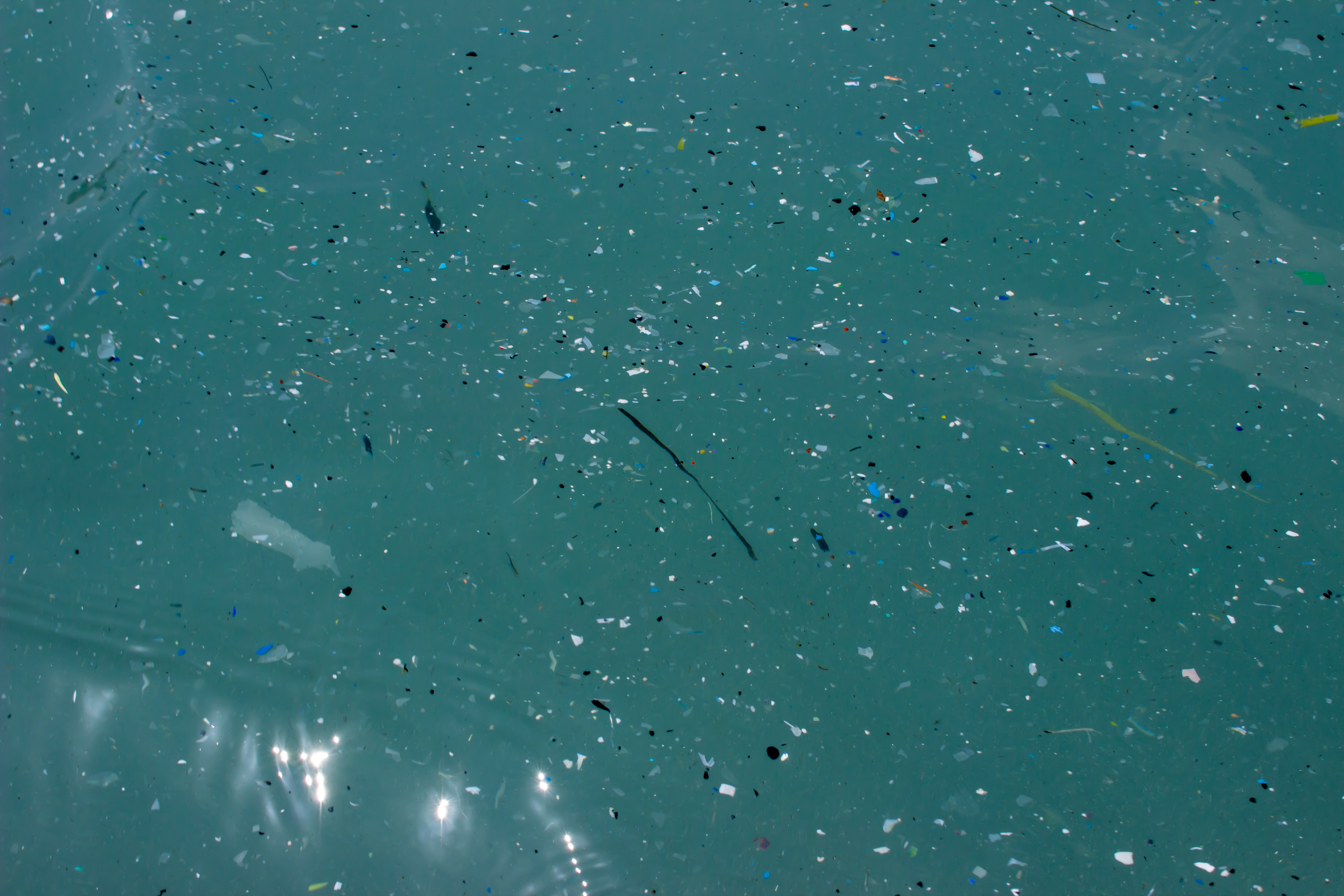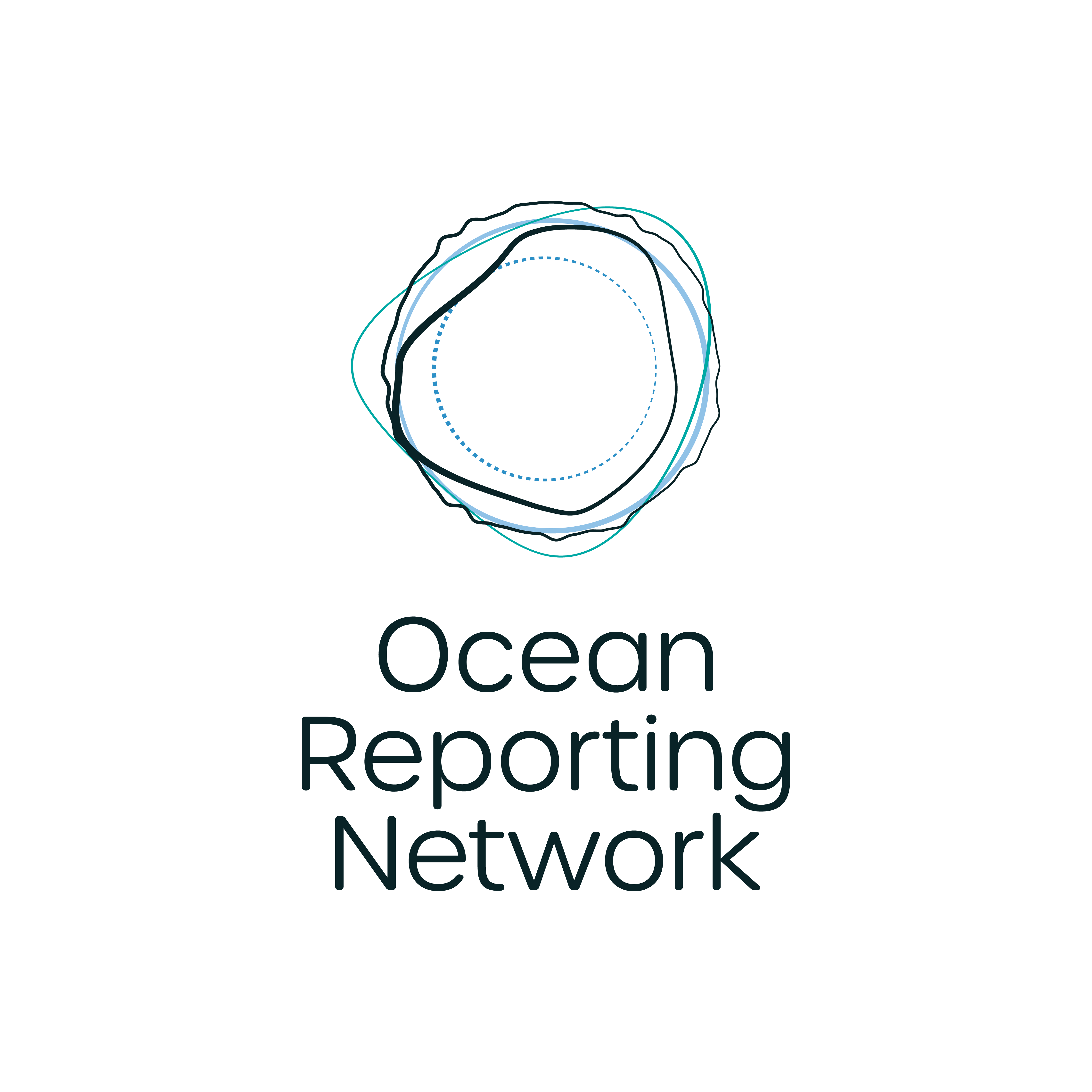Some 13,000 chemicals are associated with plastic production, of which only 7,000 or so have been investigated for their health and environmental impacts. Nearly half of those studied have elements deemed hazardous to human health, but the research—spanning 50 years, multiple languages, thousands of publications, and an alphabet soup’s worth of acronyms, synonyms, and chemical compounds—is difficult to navigate. Yet doing so has become increasingly important as plastic production ramps up, along with its potential for causing serious threats to human health.
A new research map brings order to the chaos, indexing the existing research by chemical compound, health outcomes, affected population groups, and geography. There are hundreds of thousands of studies about chemicals in plastics. So far, the map only covers some 3,500 human health-related peer-reviewed studies—a third of which demonstrate impacts on human endocrine, nutritional, and metabolic systems—but it provides valuable insight into what we already know about plastic’s role in human health, and what remains to be known.
The Plastic Health Map, produced by Australia’s Minderoo Foundation, a philanthropic organization with a strong focus on reducing plastic pollution, brings welcome transparency to a historically opaque industry, says Jorge A. Emmanuel, an adjunct professor studying plastics and the environment at Silliman University’s Institute of Environmental and Marine Sciences in the Philippines.

As a nonprofit journalism organization, we depend on your support to fund more than 170 reporting projects every year on critical global and local issues. Donate any amount today to become a Pulitzer Center Champion and receive exclusive benefits!
The map will be a vital tool for negotiators gathering in Nairobi next month to hammer out a legally binding United Nations treaty governing the global production and disposal of plastic. Human health advocates, industry leaders, NGOs, and national representatives can easily draw upon the existing research to support, or suppress, proposals on plastic production limits, manufacturing processes, chemical regulation, disposal options, and the use of alternatives. “It’s overwhelming trying to keep up with all the new papers coming out,” says Emmanuel, who was not involved in creating the map. “Having the material synthesized, searchable, and with all the references, will be very helpful.”
Plastic production is on track to triple by 2060, and with it a potentially damaging influx of toxic and hazardous chemicals such as PCBs, phthalates, BPA, PFAS, and their analogues, that have been consistently linked to a wide range of adverse health effects in human studies. In March 2023, the Minderoo-Monaco Commission on Plastics and Human Health—a global consortium of scientists, policy analysts, and health care workers convened with support from the Minderoo Foundation—published a comprehensive study in The Annals of Global Health laying out the health risks of plastic’s rise. The report estimated that the health-related costs of plastic production exceeded $250 billion globally in 2015, and that in the United States alone the health costs of disease and disability caused by the plastic-associated chemicals PBDE, BPA, and DEHP (which are not exclusively found in plastic products) exceeded $920 billion. Yet many of the other chemicals used in plastic production remain largely unnoticed, unregulated, and unresearched.
It was this uneven coverage that sparked neuroscientist Sarah Dunlop’s quest to understand the full range of research into plastic’s health impacts. As the head of plastics and human health at the Minderoo Foundation, she says she was at first overwhelmed by the number of chemicals and related research papers that she needed to work through. Her first search of the existing literature referencing chemicals in plastics came up with more than 846,000 published papers. “That’s why we needed to create a map so that we could navigate our way through it quickly.”
It took Dunlop’s team three and a half years to index the first tranche of 3,500 peer-reviewed studies, painting an overwhelming case for stronger regulations. But the most significant finding, she says, is what they didn’t find: papers examining micro and nano plastic exposure in humans, for example, or studies on the health impacts of alternative chemicals used to replace the ones, such as Bisphenol A, that have already been deemed dangerous. Not surprisingly, she says, “most of the work has been done in rich countries. But the countries which are being exposed the most”—low-income countries with poor waste management infrastructure, for example—“have hardly any research.”
The blank areas on the database’s geographic index of research hotspots are a clear call for more scientific attention, says Bhedita Jaya Seewoo, a biomedical researcher at Minderoo who helped develop the map. So too is the long list of chemicals used in everyday plastics whose impact on human health hasn’t been studied at all, or which only started seeing scientific scrutiny after raising red flags with regulators.
“Ideally, you would want the chemicals to be rigorously tested before being introduced into consumer products,” and then monitored afterwards to ensure their safety, she says. Of course, it would be unethical to test chemical compounds on human subjects—Seewoo and her colleagues are talking about laboratory trials. But when most plastic producers are adding chemicals into consumer products without reviewing their broader health implications first, it essentially amounts to human trials on a massive scale. “How can you know what’s safe?” asks Dunlop. Mapping what we know, and more importantly, what we don’t know, is a good place to start.












